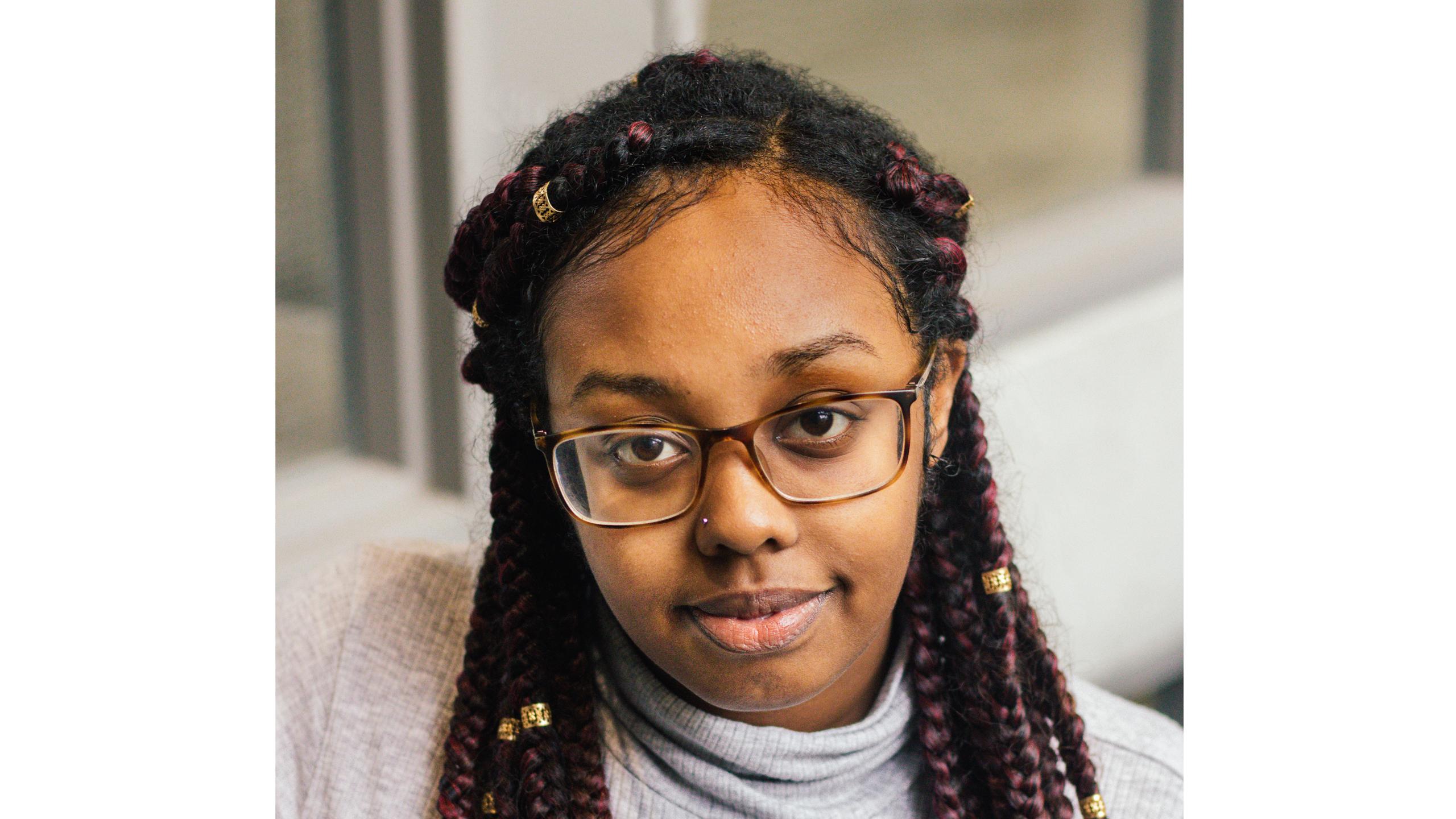By Lidia Abraha
Racism manifests differently for every minority group, and it’s even more complex for folks with intersecting identities. When I first stepped on campus four years ago, I had a hopeful feeling of what university life would entail. Being from North Carolina, I was always aware of how my identity would be compromised, misconceived and challenged in every non-Black setting I entered. Despite Ryerson’s diverse student body, I have witnessed and experienced racism at every level of campus—micro-aggressions in the classrooms, teachers getting me confused with the only other Black student in the class and neglect and harsher treatment from students and faculty.
It was clear that there was an appreciation for our multicultural institution, and that there are initiatives that are meant to further equity, diversity and inclusion principles. But there was a clear disconnect between Ryerson’s efforts and the needs of Black community members
I want an assessment of the anti-Black climate on campus, so we can’t be dismissed when we talk about our experiences on campus
Ryerson loves to use diversity as a buzzword, but they’ll never talk about the time the East African students Association bulletin board was set on fire in 2008, or the time a Black student activist was sent death threats in 2009, or the time Ryerson got a Din diversity by the anti-racism taskforce in 2010. Although these events happened in the past, where can we point to the progress? Is it the establishment of the Vice President Office of Equity, Community
Having an office for equity, diversity
There’s no goal here, nor any groundbreaking discoveries in this issue. Just our stories made entirely by a team of Black writers. This issue is told by us, for us. This is how we see the campus, Ryerson’s student body, administration and faculty










Leave a Reply